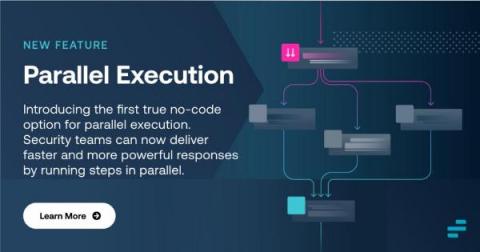Security | Threat Detection | Cyberattacks | DevSecOps | Compliance
SecOps
16 Threat Intelligence Terms Everyone Should Know
How Wiz and Torq Combine to Mitigate Existential Cloud Security Threats
A single cloud security incident can stop an enterprise in its tracks, sometimes resulting in irreparable damage to its operation, reputation, and customer loyalty. One key strategy for preventing such incidents is combining complementary cybersecurity tools to defeat threats at scale. A coherent Cyber Security Incident Response Planning (CSIRP) approach requires enterprises to select and integrate the right tools before a security incident occurs.
Insight Into The Strengthening America Cybersecurity Act
What We Can Learn from the 'Prompt-bomb' Uber Hack
What Happened in the Uber Breach? | Beyond the Breach
Initial Access Brokers: What They Are, How They Gain Access, and Who Uses Their Services
Torq Delivers on the Promise of Parallel Execution
Security operations professionals are constantly being pushed to the edge of their capacities. They’re dealing with endless manual processes and managing tasks sequentially, because of the limitations of their security tools and options. They’ve dreamed of being able to execute more tasks simultaneously to quickly enrich, analyze, contain, and resolve security threats. Today, Torq is proud to introduce Parallel Execution, which makes those capabilities a reality.











